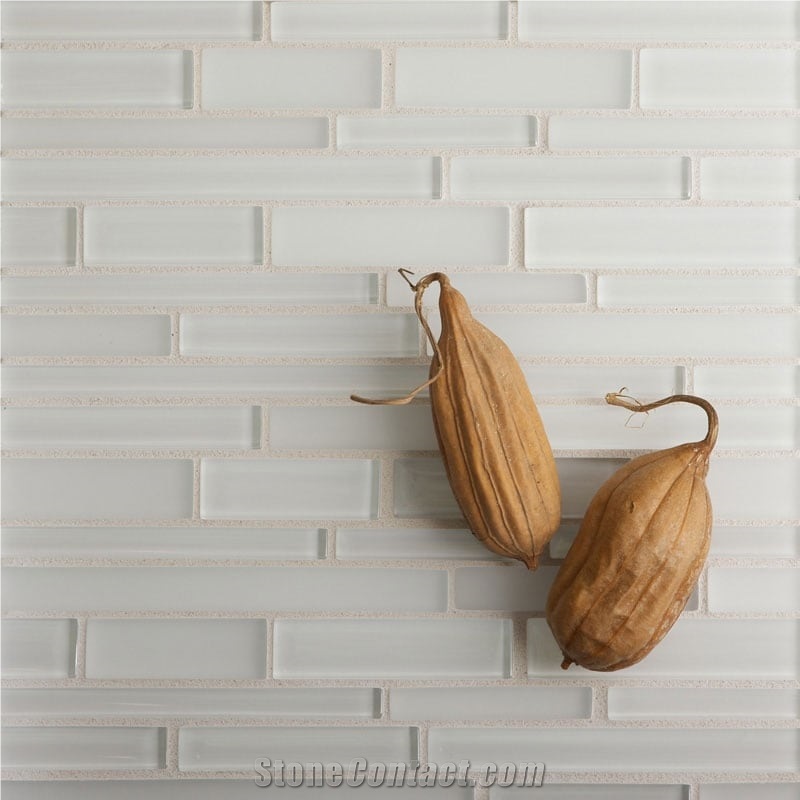Traditional smalti tiles are still found today in many European churches and ornamental objects; the method is also used by some present-day artisans, both in installations and fine art. In the 1920s, mass production methods were applied to Smalti tile manufacturing, which enabled these tiles to find their way into many middle-class homes. Instead of the old method of rolling the colored glass mixture out, cooling, and cutting, the new method called for molten liquid to be poured and cooled in trays, usually resulting in 3/4 inch chicklet-type pieces. Since the 1990s, a variety of modern glass tile technologies, including methods to take used glass and recreate it as ‘green’ tiles, has resulted in a resurgence of interest in glass tile as a floor and wall cladding. It is now most commonly used in pools, kitchens, spas, and bathrooms. And while smalti tiles are still popular, small and large format glass products are now commonly formed using cast and fused glass methods. The plasticity of these last two methods has resulted in a wide variety of looks and applications, including floor tiles. [2] In the late 1990s, special glass tiles have been coated on the back side with a receptive white coating. This has allowed impregnation of heat-transfer dyes by a printing process reproducing high resolution pictures and designs. Custom printed glass tile and glass tile murals exhibit the toughness of glass on the wearing surface with photo-like pictures. These are especially practical in kitchens and showers, where cleanser and moisture resistance are important
 Home
Home
 Stone Shop
Stone Shop
 Shopping Cart
Shopping Cart
 Suppliers
Suppliers
 Products
Products
 Stone Library
Stone Library
 Stone Fair
Stone Fair
 Post Need
Post Need
 Message
Message
 Favorites
Favorites
 Get App
Get App
 Logout
Logout



 United States
United States


